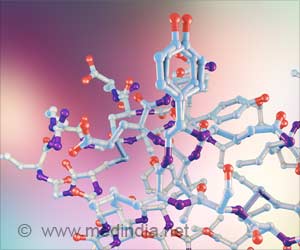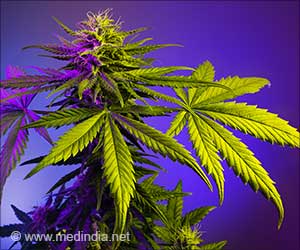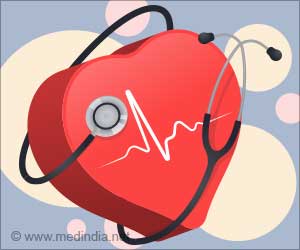New method to make complex molecules has been devised by researchers at the California Institute of Technology (Caltech).

"We think it's going to be a highly enabling reaction, not only for preparing complex natural products, but also for making pharmaceutical substances that include components that were previously very challenging to make," Stoltz says. "This has suddenly made them quite easy to make, and it should allow medicinal chemists to access levels of complexity they couldn't previously access."
The reaction creates compounds called heterocycles, which involve cyclic groups of carbon and nitrogen atoms. Such nitrogen-containing heterocycles are found in many natural products and pharmaceuticals, as well as in many synthetic polymers. In addition, the reaction manages to form carbon-carbon bonds at sites where some of the carbon atoms are essentially hidden, or blocked, by larger nearby components.
"Making carbon-carbon bonds is hard, but that's what we need to make the complicated structures we're after," Stoltz says. "We're taking that up another notch by making carbon-carbon bonds in really challenging scenarios. We're making carbon centers that have four other carbon groups around them, and that's very hard to do."
The vast majority of pharmaceuticals being made today do not include such congested carbon centers, Stoltz says—not so much because they would not be effective compounds, but because they have been so difficult to make. "But now," he says, "we've made it very easy to make those very hindered centers, even in compounds that contain nitrogen. And that should give pharmaceutical companies new possibilities that they previously couldn't consider."
Perhaps the most important feature of the reaction is that it yields almost 100 percent of just one version of its product. This is significant because many organic compounds exist in two distinct versions, or enantiomers, each having the same chemical formula and bond structure as the other, but with functional groups in opposite positions in space, making them mirror images of each other. One version can be thought of as right-handed, the other as left-handed.
Advertisement
"So not only are we making tricky carbon-carbon bonds, we're also making them such that the resulting products have a particular, desired handedness," Stoltz says. "This was the culmination of six years of work. There was essentially no way to make these compounds before, so to all of a sudden be able to do it and with perfect selectivity… that's pretty awesome."
Advertisement











